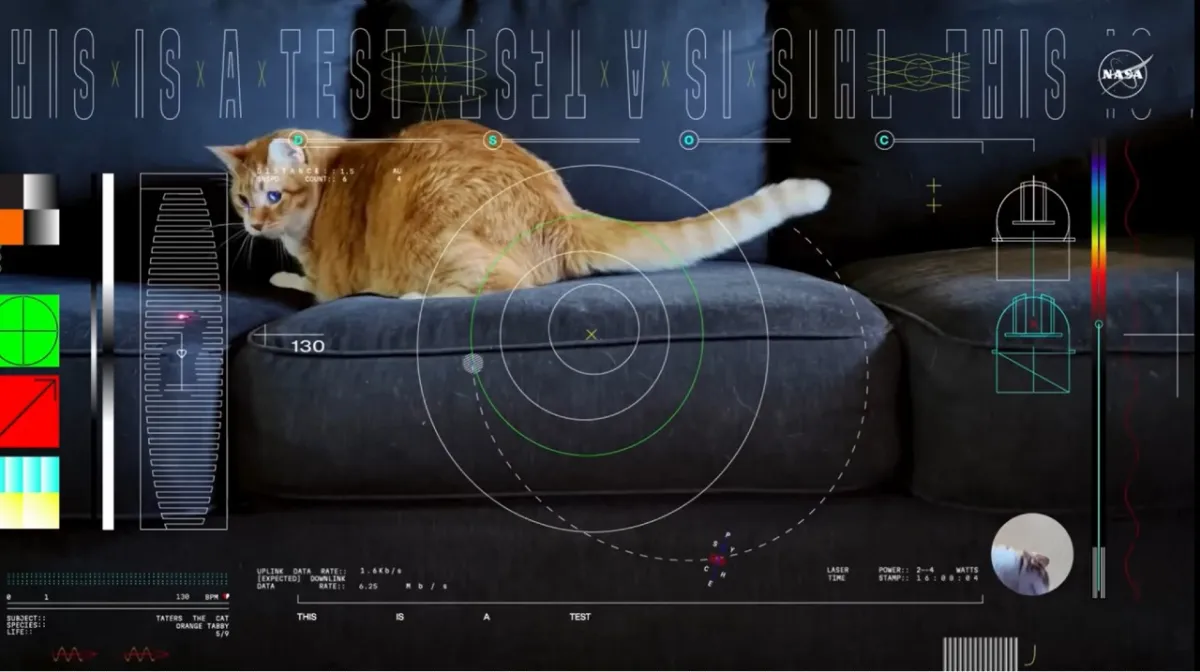According to researchers at MIT, graphene generates an electrical current when struck by light. If you aren’t familiar, graphene is something of a miracle material. It’s basically a one-atom thick sheet of carbon that manages to come in sheets as thin as paper while being as strong as steel. That’s already pretty impressive, so the ability to generate electricity from light is just icing on the cake.
The way it works is that when hit by light, pretty much any kind of light, graphene generates a hot carrier response. This means that the electrons of the molecules in the graphene sheet gain enough energy to start moving (creating the current) but the carbon underneath still manages to stay cool.
The hot carrier response is nothing new in and of itself, but it is new in this kind of scenario. Previously, the response had only be achieved when the material in question was cooled to near absolute zero or when an incredibly powerful laser was used. With graphene, the effect can occur at room temperature with sunlight. This is a pretty impressive and potentially revolutionary discovery, so much so that the researchers involved are reluctant to speculate what its ultimate applications might be.
I, however, am not nearly as cautious, so I’ll just speculate my little head off. Even without this discovery, the impressive strength-to-weight ratio of graphene pretty much ensures that it’ll become an important part of engineering for pretty much any and all fields in the future. Basically, it allows the construction of ultra-light but ultra-strong items. Now, with this discovery, we can stack another plus-one to the potential applications and start thinking about ultra-light, ultra-strong items that are essentially built out of photo-voltaic cells and generate the electricity to power themselves just by being outside.
Of course, I’m no scientographist, so that is all uneducated conjecture, but still, this discovery is probably worth getting excited about. Graphene technology in general is extremely young and this discovery is even younger, so who knows what kind of caveats might turn up. But on the other hand, who knows what other hidden talents graphene possesses.
(MIT via ExtremeTech)
- Printable solar cells are thin and create electricity, but not very efficiently
- More information on what graphene really is
- and how it earned its creators the Nobel Prize







